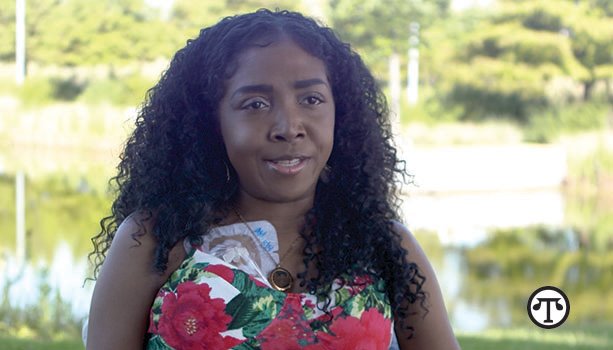How Blood Donations Help Save Lives

(NAPSI)—A lifeline.
That’s how Lydia Langford views the monthly blood transfusions she gets.
“If I don’t get that blood, then I’m going to die,” Langford said. “And it truly, truly, is life or death.”
The Problem
Since birth, Langford has been living with sickle cell, an inherited disease that causes extreme pain when red blood cells become hard, crescent-shaped and have difficulty carrying oxygen to the rest of the body.
Langford experienced her first pain crisis as a freshman in college, calling it “the worst pain imaginable.” Since then, she has received more than 600 blood transfusions—a gift from blood donors whom she credits for helping to keep her alive.
“That moment, when that nurse comes in and she’s like, ‘We got your blood!’—it’s like you can finally breathe,” she added.
In the U.S., Langford is one of 100,000 people living with sickle cell disease, most of whom are of African descent.
Each blood donation must be matched very closely—beyond the A, B, O and AB blood types—to reduce the risk of complications. In the case of sickle cell disease—which disproportionately impacts the Black community, it can require patients to receive thousands of blood transfusions in their lifetimes. Receiving blood from a donor with the same race or similar ethnicity often provides the best opportunity for the most compatible unit for the patient.
Otherwise, frequent transfusions can cause patients with sickle cell disease to develop an immune response against blood from a donor that is not closely matched, leading to serious complications.
That’s what happened in 2013 to Langford, who is African American, when she suffered a hemolytic transfusion reaction—a severe complication in which her immune system quickly began to destroy the red blood cells that she received during a blood transfusion to treat a sickle cell crisis.
“Without many African-American blood donors, people like myself—people with sickle cell—would not be here,” she said. “It’s just as simple as that. I would not be alive. So that is why it’s so important that everyone from every race, background, every ethnicity, donates blood.”
Who’s Helping
Because a cure for sickle cell is not widely available, the Red Cross helps ease the suffering of people such as Langford by increasing the number of closely matched blood products through its new Sickle Cell Initiative.
In 2021, the Red Cross expanded its blood donation testing to include sickle cell trait screening on all donations from self-identified African-American donors. This additional screening helps the Red Cross identify compatible blood types more quickly for sickle cell patients. And it provides Black donors with additional health insight at a time when health information has never been more important.
How You Can Help
Eligible individuals who are feeling well can make an appointment to donate blood by visiting RedCrossBlood.org/OurBlood, using the Red Cross Blood Donor App or calling 1-800-RED-CROSS.

““Without many African-American blood donors, people with sickle cell would not be here,” explains one patient.https://bit.ly/3jYfu7r“
